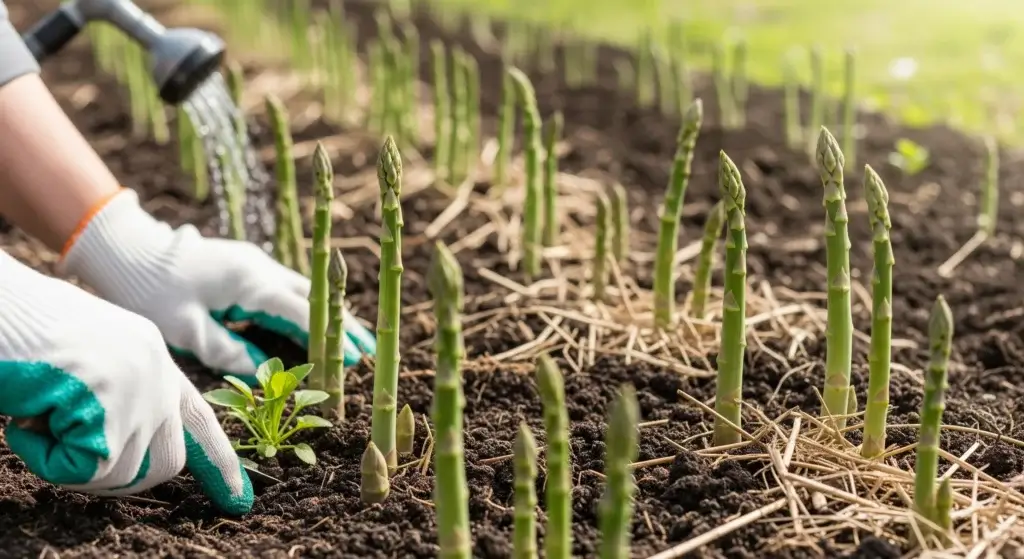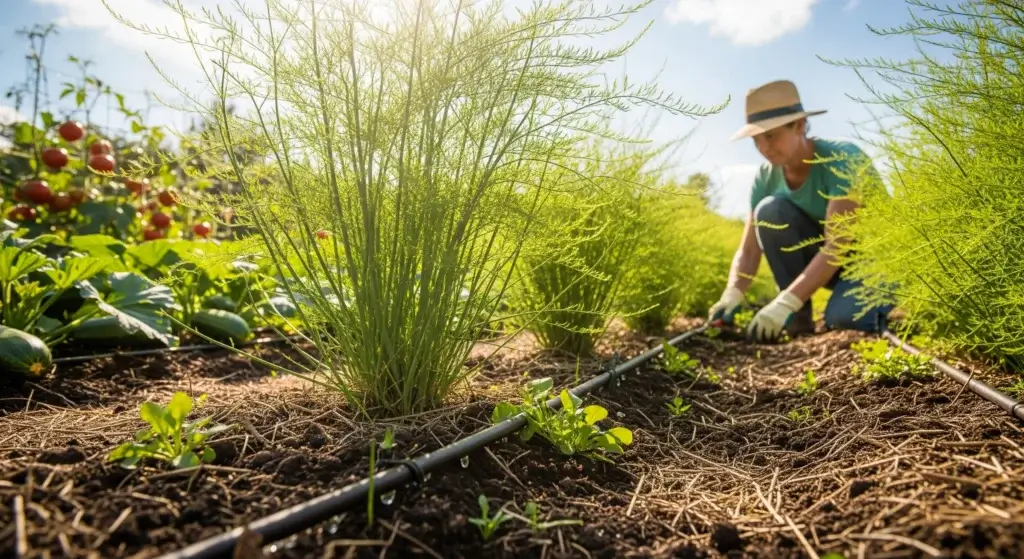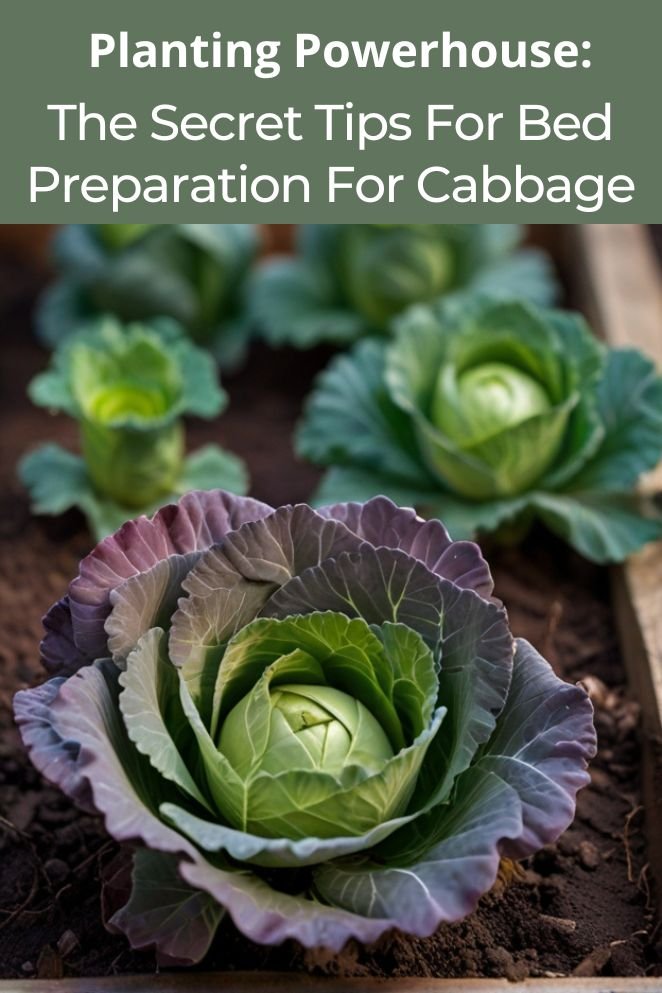
Raised bed gardening is a popular choice for growing cabbage, as it offers several benefits, such as improved drainage, easier access to the plants, and the ability to control soil conditions.
In this blog post, we will discuss the steps to prepare a raised bed for cabbage, including choosing the right location, soil analysis, and bed preparation steps.
Benefits of Raised Bed Gardening for Cabbage
Raised beds offer several benefits that can significantly enhance your cabbage growing experience.
Here’s how a raised bed can set your cabbage up for success:
- Superior drainage: Cabbage dislikes soggy feet. Raised beds offer excellent drainage due to the elevated position and looser soil, preventing root rot and promoting healthy growth.
- Improved soil quality: Fill it with a rich blend of compost, aged manure, and well-draining potting mix, providing optimal nutrients and structure for strong cabbage development.
- Earlier planting & extended season: The soil in raised beds warms up faster in spring, allowing you to plant your cabbage seedlings earlier and potentially extend your harvest season in fall.
- Ergonomics & accessibility: Raised beds elevate the planting surface, reducing back strain and making weeding, planting, and harvesting much easier on your body.
- Weed control: Raised beds act as a physical barrier, limiting weed invasion from surrounding soil. This translates to less weeding and more time enjoying your thriving cabbage.
- Pest deterrence: Raised beds can create a physical barrier against some crawling pests like slugs and snails.
- Better soil management: Raised beds make it easier to maintain consistent soil moisture and nutrient levels throughout the growing season, leading to healthier and potentially higher cabbage yields.
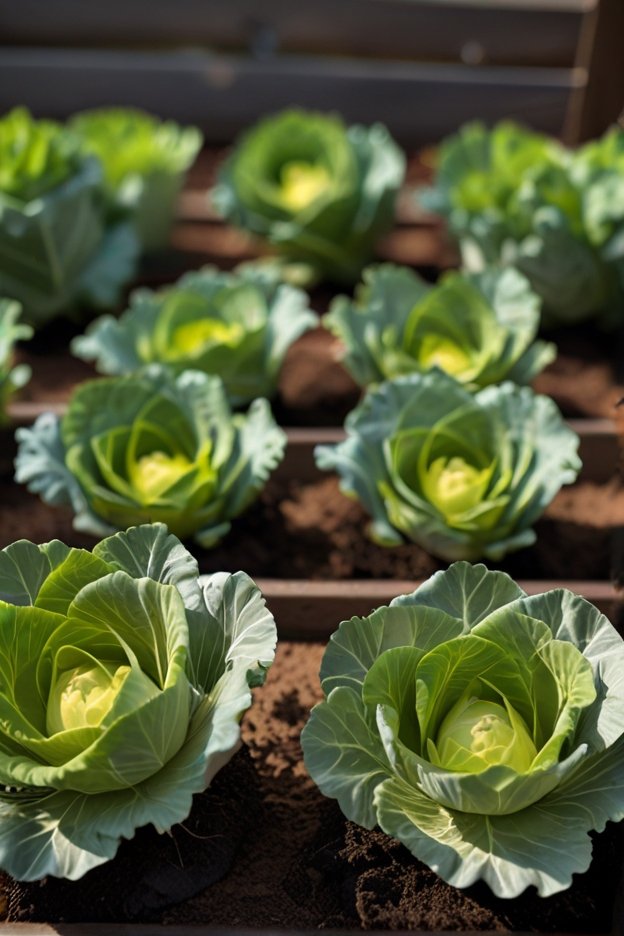
- Read also: DIY Cabbage Row Covers: Protect Your Greens the Easy Way
- Read also: DIY Garden Bed Ideas for Every Gardener
Choosing a Location
Selecting the ideal location for planting cabbage involves several considerations to ensure optimal growth and productivity.
Here’s a breakdown of key factors to keep in mind:
Full sun exposure
Cabbage thrives in full sun exposure, requiring at least 6-8 hours of direct sunlight daily for optimal growth.
Select a planting location that receives ample sunlight throughout the day to promote healthy leaf development and robust growth.
Areas with partial shade may result in smaller heads and slower growth rates, so prioritize sunny spots in your garden for planting cabbage.
Planting times
Timing is crucial when planting cabbage to maximize yield and quality.
In most regions, cabbage can be planted in the spring after the last frost has passed.
Planting too early can expose young seedlings to frost damage, so wait until temperatures have sufficiently warmed before transplanting.
Additionally, cabbage can also be planted in the fall for a late-season harvest.
Fall planting allows cabbage to mature in cooler temperatures, resulting in sweeter and more tender heads.

Soil Analysis (Optional)
Conducting a soil analysis can provide valuable insights into the health and fertility of your soil, guiding you in making informed decisions about soil amendments and fertilization practices.
Soil testing helps determine essential factors such as pH levels, nutrient content, and soil composition, allowing you to tailor your soil management approach to meet the specific needs of cabbage plants.
Benefits of soil testing
Soil testing offers numerous benefits for gardeners, including:
- Understanding pH levels: Testing allows you to assess whether your soil is acidic, neutral, or alkaline, enabling you to adjust pH levels as needed for optimal plant health.
- Assessing nutrient content: Soil tests reveal nutrient deficiencies or imbalances that may hinder plant growth.
Resources for soil testing
Soil testing kits are readily available from local garden centers, agricultural supply stores, or extension offices.
These kits typically include instructions for collecting soil samples and mailing them to a testing laboratory for analysis.
Alternatively, many extension offices offer soil testing services or can provide recommendations for reputable soil testing laboratories in your area.
Bed Preparation Steps
Preparing a bed for planting is a crucial step in ensuring successful growth and development of your plants.
Here’s a detailed guide outlining the key steps involved:
Timing
Start preparing the bed 2-4 weeks before planting to allow time for soil amendments to break down and integrate thoroughly.
This timing ensures that the soil is adequately prepared and enriched with nutrients by the time planting begins.
Tilling and loosening
Begin by tilling the soil to a depth of 8-12 inches to create a loose and well-aerated bed.
This process helps break up compacted soil and improves drainage, essential for healthy root development.
Use a rototiller or garden fork to loosen the soil evenly, ensuring that it is friable and easy to work with.
Amending the soil
Enhance the soil quality by incorporating organic matter such as compost or aged manure.
Spread a layer of compost over the bed, typically 2-4 inches thick, depending on the initial soil quality and the needs of your plants.
Organic matter enriches the soil with essential nutrients, improves soil structure, and enhances moisture retention.
Additionally, based on soil test results, consider adding specific amendments like lime to adjust pH levels or provide additional nutrients as needed.
Leveling the bed
After amending the soil, take time to level the bed to ensure uniform moisture distribution and effective weed control.
Use a rake or hoe to smooth the surface of the bed, removing any clumps, rocks, or debris that may impede plant growth.
A level bed promotes even watering and facilitates proper seed or seedling placement, optimizing growing conditions for your plants.
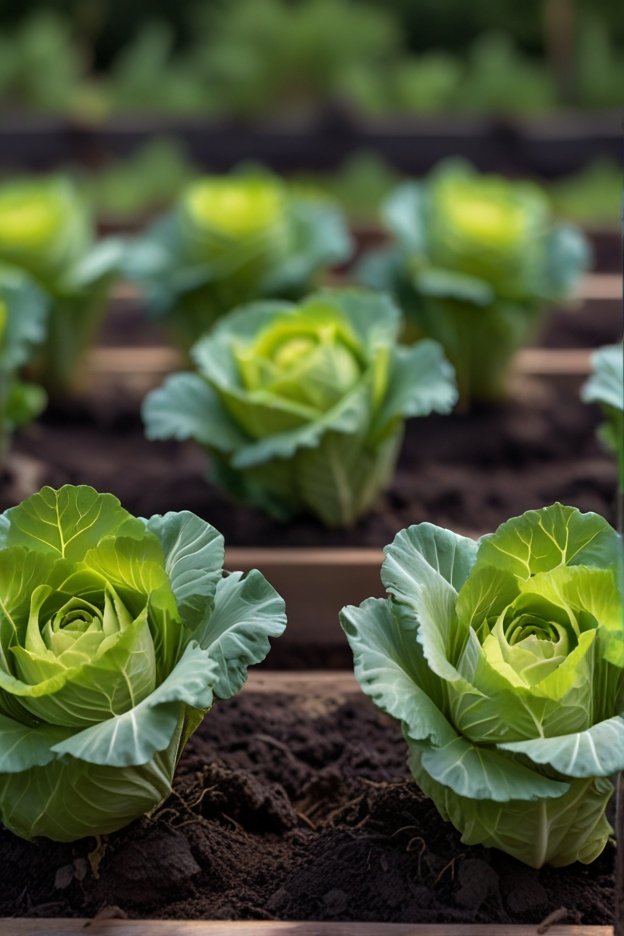
- Read also: A Guide to Composting for Vegetable Gardens
- Read also: Irrigation Systems For Vegetable Gardens
Conclusion
To prepare a raised bed for cabbage, start by selecting an ideal location and optionally conducting a soil analysis.
Then, follow the bed preparation steps to create an optimal environment for your cabbage plants.
By following these guidelines, you can ensure that your cabbage plants have everything they need to grow and thrive successfully.
FAQs
Yes, cabbage can be grown in containers, but they will need a larger pot with good drainage and regular watering.
Cabbage plants should be watered regularly, but not overly saturated, as they can develop root rot in poorly drained soil.
Cabbage typically takes 60-90 days to mature, depending on the variety and growing conditions.

